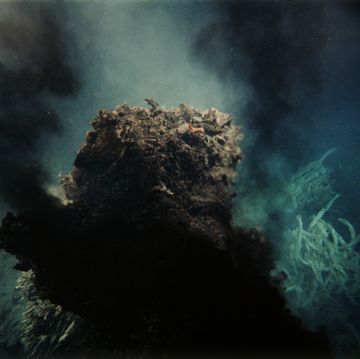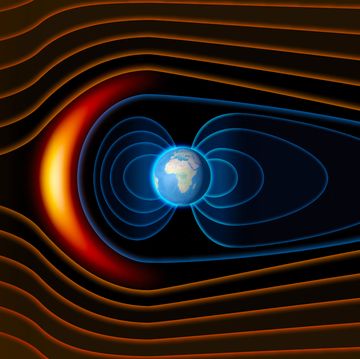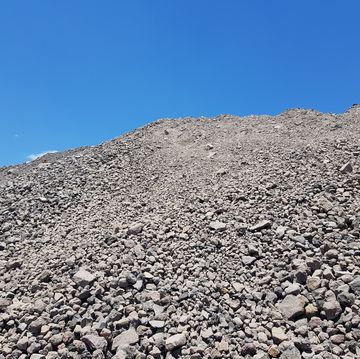Life on Earth is complex and varied, but every living organism on the planet builds its proteins from the same set of 20 amino acids. All proteins in a human body, for example, are made up of some combination of the 20 common amino acids. But how exactly did that happen? Chemists say they might finally have some answers.
“How chemistry led to complex life is one of the most fascinating questions that mankind has pondered,” says Luke Leman, Ph.D., assistant professor of chemistry at Scripps Research, in a press statement. “There are a lot of theories about the origins of proteins but not so much experimental laboratory support for these ideas.”
One of the crucial ways to study the history of proteins is to study peptides. When two or more amino acids connect, they form short chains called peptides. The simplest peptides, just two amino acids, are called dipeptides, while three amino acids are tripeptides, and so on. Eventually, they form the proteins in a human body. But while we basically understand their formation, their origins are much more mysterious.
“The research helps us understand how positively charged peptides could have formed on the pre-biotic earth,” says Moran Frenkel-Pinter, Ph.D., in the press statement. Frenkel-Pinter, a postdoctoral fellow at Georgia Tech, is the first author of the accompanying paper published in the Proceedings of the National Academy of Sciences.
While every living being shares some combination of the 20 common amino acids, those aren't the only amino acids on Earth. Previously, scientists have discovered that meteorites with up to 80 amino acids have landed on Earth.
“In the prebiotic Earth, there would have been a much larger set of amino acids,” says Leman. “Is there something special about these 20 amino acids, or did these just get frozen at a moment in time by evolution?”
The new research argues that yes, there is something exceptional about the 20. Specifically, they react together more efficiently and have few inefficient side reactions. They're better at working together, so they formed peptides with greater frequency.
To make that determination, the chemists compared “proteinaceous” amino acids—those used in living organisms—to those not found in living things. For comparisons, they used what is known as a drying reaction, or water evaporating through the application of heat. Water evaporation is one of the natural ways that peptides form.
As the water evaporated, proteinaceous amino acids were more likely to spontaneously link and form macromolecules (very large molecules) without any help or added ingredients. And they did so through forming linear, protein-like backbone “topologies,” or similar shapes. These natural movements could have given the amino acids a head start in folding and binding, a process that leads to them becoming proteins.
“This work is a real step toward understanding why certain building blocks are found in the proteins essential for life,” says Kathy Covert, program director at the National Science Foundation’s Centers for Chemical Innovation, in the press statement. “Through research like this, the Center is realizing its ambitious mission to shed light on the chemistries of biopolymers, a foundation of all living things.”
Scientists have been puzzled by amino acids for generations. Last year, the Nobel Prize in Chemistry was given in part to Frances H. Arnold, who for decades has been studying macromolecules known as enzymes.
Source: Scripps
David Grossman is a staff writer for PopularMechanics.com. He's previously written for The Verge, Rolling Stone, The New Republic and several other publications. He's based out of Brooklyn.













